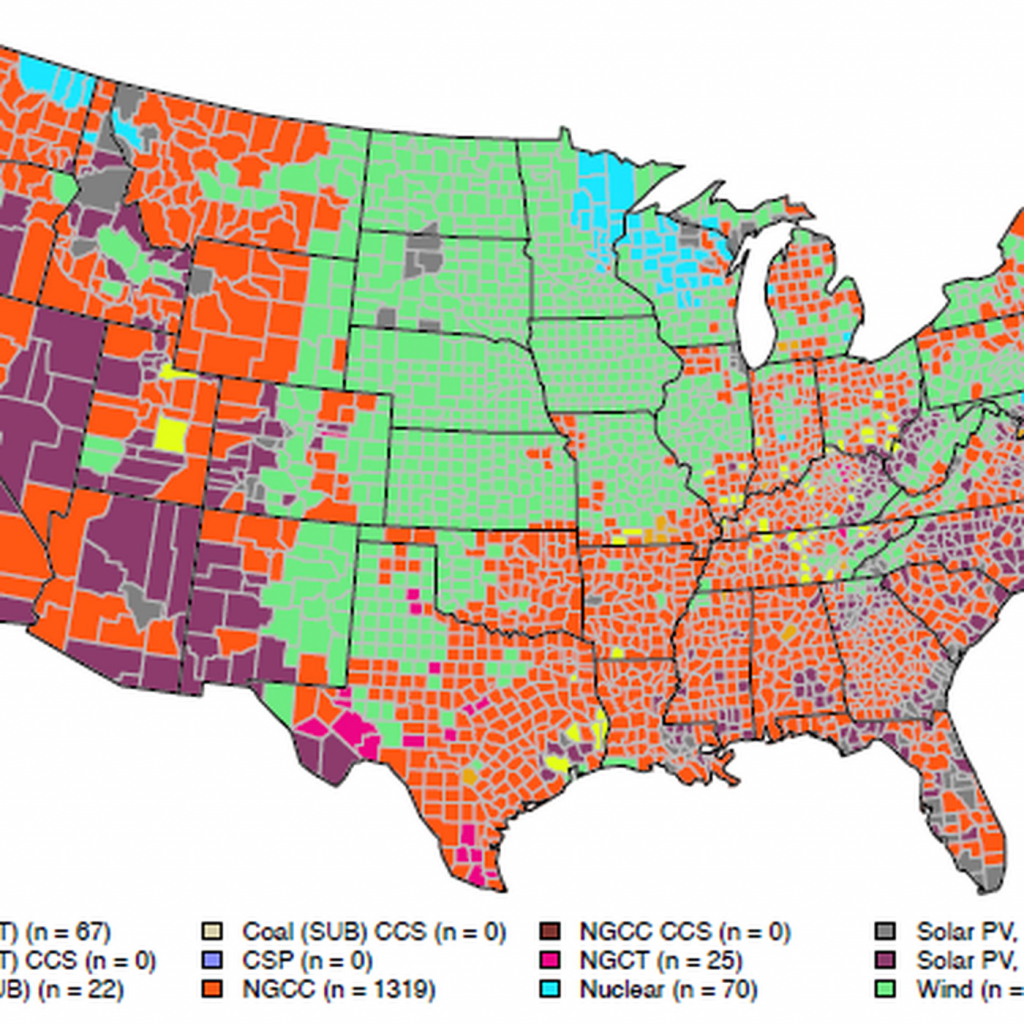


The uses of nuclear technology extend well beyond the provision of low-carbon energy. Similarly, uranium from Australia or Namibia may end up in a reactor in the UAE, having been converted in France, enriched in the Netherlands, deconverted in the UK and fabricated in South Korea. A reactor under construction in Asia today may have components supplied from South Korea, Canada, Japan, France, Germany, Russia, and other countries. Today, the nuclear industry is characterized by international commerce. When the commercial nuclear industry began in the 1960s, there were clear boundaries between the industries of the East and West. In fact, through regional transmission grids, many more countries depend in part on nuclear-generated power Italy and Denmark, for example, get almost 10% of their electricity from imported nuclear power. It was first developed in the 1940s, and during the Second World War research initially focused on producing bombs. In the 1950s attention turned to the peaceful use of nuclear fission, controlling it for power generation. For more information, see page on History of Nuclear Energy.Ĭivil nuclear power can now boast more than 18,000 reactor years of experience, and nuclear power plants are operational in 32 countries worldwide. Nuclear technology uses the energy released by splitting the atoms of certain elements. In addition to research, these reactors are used for the production of medical and industrial isotopes, as well as for training. Over 50 countries utilize nuclear energy in about 220 research reactors.Nuclear is the world's second largest source of low-carbon power (28% of the total in 2019).Nuclear energy now provides about 10% of the world's electricity from about 440 power reactors.The first commercial nuclear power stations started operation in the 1950s.


 0 kommentar(er)
0 kommentar(er)
